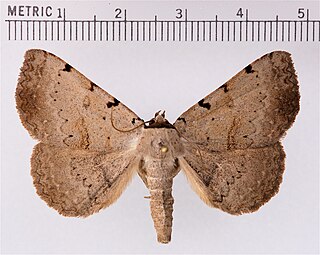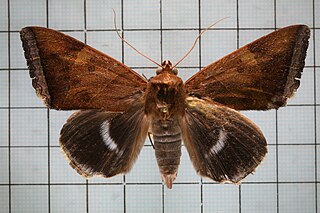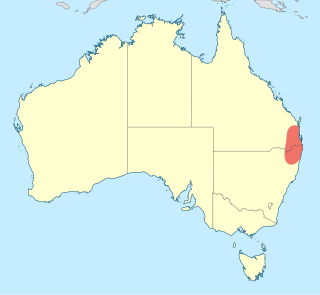
Diporiphora is a genus of lizards in the family Agamidae. Most species in the genus are endemic to Australia, but two are also found in New Guinea.

Cynodon is a genus of plants in the grass family. It is native to warm temperate to tropical regions of the Old World, as well as being cultivated and naturalized in the New World and on many oceanic islands.

Artena is a town and comune in the Metropolitan City of Rome, Italy. It is situated in the northwest of Monti Lepini, in the upper valley of the Sacco River. It is approximately 40 kilometres (25 mi) southeast by rail, and 30 kilometres (19 mi) direct from Rome.

The Catocalini are a tribe of moths in the family Erebidae. Adults of many species in the tribe are called underwing moths due to their vividly colored hindwings that are often covered by contrastingly dark, drab forewings.

The Lancia Artena is a passenger car produced by Italian car manufacturer Lancia from 1931 to 1936, and from 1940 to 1942 chiefly for army and government use. It was powered by a 2-litre Lancia V4 engine, while chassis and factory bodies were shared with the more luxurious 2.6-litre V8-engined Lancia Astura. Total production amounted to 5,567 examples.

New Guinea is the world's second-largest island and, with an area of 785,753 km2 (303,381 sq mi), the largest island in the Southern Hemisphere. Located in Melanesia in the southwestern Pacific Ocean, it is separated by the 150-kilometre wide Torres Strait from the Australian continent. Numerous smaller islands are located to the west and east. The eastern half of the island is the major land mass of the independent state of Papua New Guinea. The western half, known as Western New Guinea or West Papua, forms a part of Indonesia and is organized as the provinces of Papua and West Papua.

Artena is a genus of moths in the family Erebidae. The genus was erected by Francis Walker in 1858.

Brachyachne is a genus of African, Australian, and Southeast Asian plants in the grass family.
Artena angulata is a species of moth of the family Erebidae first described by Walter Karl Johann Roepke in 1938. It is found on Sumatra and Sulawesi.

Artena certior is a species of moth of the family Erebidae first described by Francis Walker in 1858. It is found in Thailand, India and on Java.

Artena dotata is a species of moth of the family Erebidae. It is found from the Indian subregion to Sri Lanka, Taiwan, Japan, Sumatra and Borneo.
Artena eccentrica is a species of moth of the family Erebidae first described by Yoshimoto in 1999. It is found on Mindanao in the Philippines.

Artena submira is a species of moth of the family Erebidae first described by Francis Walker in 1858. It is found in India.
Artena velutina is a species of moth of the family Erebidae first described by Louis Beethoven Prout in 1919. It is found from New Guinea to the Solomons and possibly on Seram.
Nupserha convergens is a species of beetle in the family Cerambycidae. It was described by Per Olof Christopher Aurivillius in 1914.

Micromidia convergens is a species of dragonfly in the family Austrocorduliidae, known as the early mosquitohawk. It is a small to medium-sized, black to metallic green dragonfly with pale markings on its abdomen. It is endemic to eastern Australia, where it inhabits rainforest streams.
Sturmia convergens is a species of fly in the family Tachinidae.
Suillia convergens is a species of fly in the family Heleomyzidae.
Aulonothroscus convergens is a species of small false click beetle in the family Throscidae. It is found in North America.
Aneurops convergens is a species of root-eating beetle in the family Monotomidae. It is found in Central America and North America.
This page is based on this
Wikipedia article Text is available under the
CC BY-SA 4.0 license; additional terms may apply.
Images, videos and audio are available under their respective licenses.









